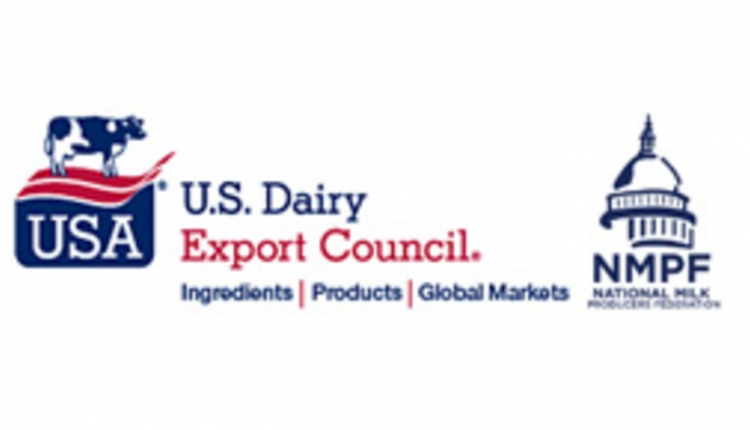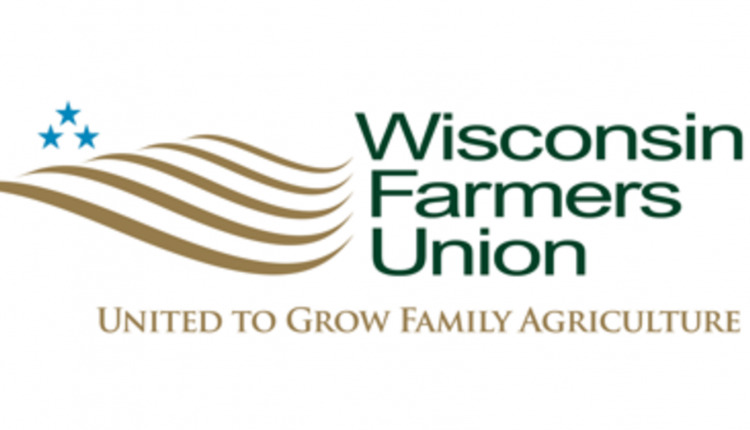As printed in our March 25, 2018 issue . . .
THE $16.05 ALL-MILK PRICE FORECAST held steady for the second straight month. USDA pegged a $15.75 to $16.35 range for 2018.
CLASS III FUTURES AVERAGED $15.15 for April to November contracts during mid-March trading on the CME. April’s $13.80 was the low, while September and October’s $15.90 represented topside activity.
MARGINS CONTINUED TO DWINDLE with a 2.19 Milk-Feed ratio for January 2018, reported USDA’s Agricultural Prices. It was based on $16.10 per hundredweight milk, $3.29 per bushel corn, $9.30 per bushel soybeans, and $152 per ton alfalfa hay. One year earlier, the ratio was 2.71.
EVEN WITH TIGHT MARGINS, MPP-Dairy made no payouts. Ration costs for January were $7.98 with a margin of $8.12. Payouts begin at $8. The protein ration component was based on $322 per ton soybean meal.
MILK SUPPLIES REMAIN AMPLE with spot milk selling for $2 to $3 under Class III prices, reported USDA. There have been reports of offers as low as $5 under Federal Milk Market Order minimums.
DEAN FOODS SHED DOZENS OF FARMS in the Southeast and Northeast. Those farmers have until May 31 to find a new milk market. According to marketing data, sales for the fluid milk processor have slipped 22 percent as competition chipped away at its market share.
TWO MORE PLANT EXPANSIONS should help absorb extra milk. Agropur plans to expand its Lake Norden, S.D., plant. Once completed, daily processing capacity will expand from 3 to 9 million pounds daily.
A MICHIGAN-BASED JOINT VENTURE will process 8 million pounds a day once it goes online. The partnership between Glanbia, Dairy Farmers of America, and Select Milk Producers will be completed in 2020.
MILKFAT LEVELS CLIMBED TO A 60-YEAR HIGH to reach 3.83 percent, reported USDA. From 1966 to 2010, milkfat hovered between 3.64 and 3.69 percent. From 1924 to 1951, levels had been 3.92 to 3.98 percent. For a further analysis, turn to page 186 in this issue.
PRICES HAVE BEEN DRIVING that quickly evolving trend. In January, milkfat was $2.35 per pound compared to $1.63 for protein. Prior to August 2015, milkfat contributed roughly 40 percent of milk check value.
DAIRY FARMERS RECEIVED 30 CENTS from every dollar spent by consumers on dairy products, revealed USDA data. This was up 2 cents from 2016, but off 8 cents from 2014. Whole milk returned 51 cents to the farmer; Cheddar, 32 cents; and ice cream, 19 cents.
CALIFORNIA’S ROAD to a potential federal marketing order can proceed after a USDA judicial officer reratified the record with one small change.
In your next issue!
TURN ECONOMIC DIFFICULTY INTO OPPORTUNITY.
The success of your business depends on what tactics you can adopt to improve your operation and its financial returns.
QUALITY ONLY COUNTS WHEN IT REACHES THE COW.
Harvest technique is key to making winter forage a high-quality feed.
THEY BULKED UP COMPONENT PRODUCTION.
Two farms tweaked their rations to support higher milk production, more components, and a better milk check.









